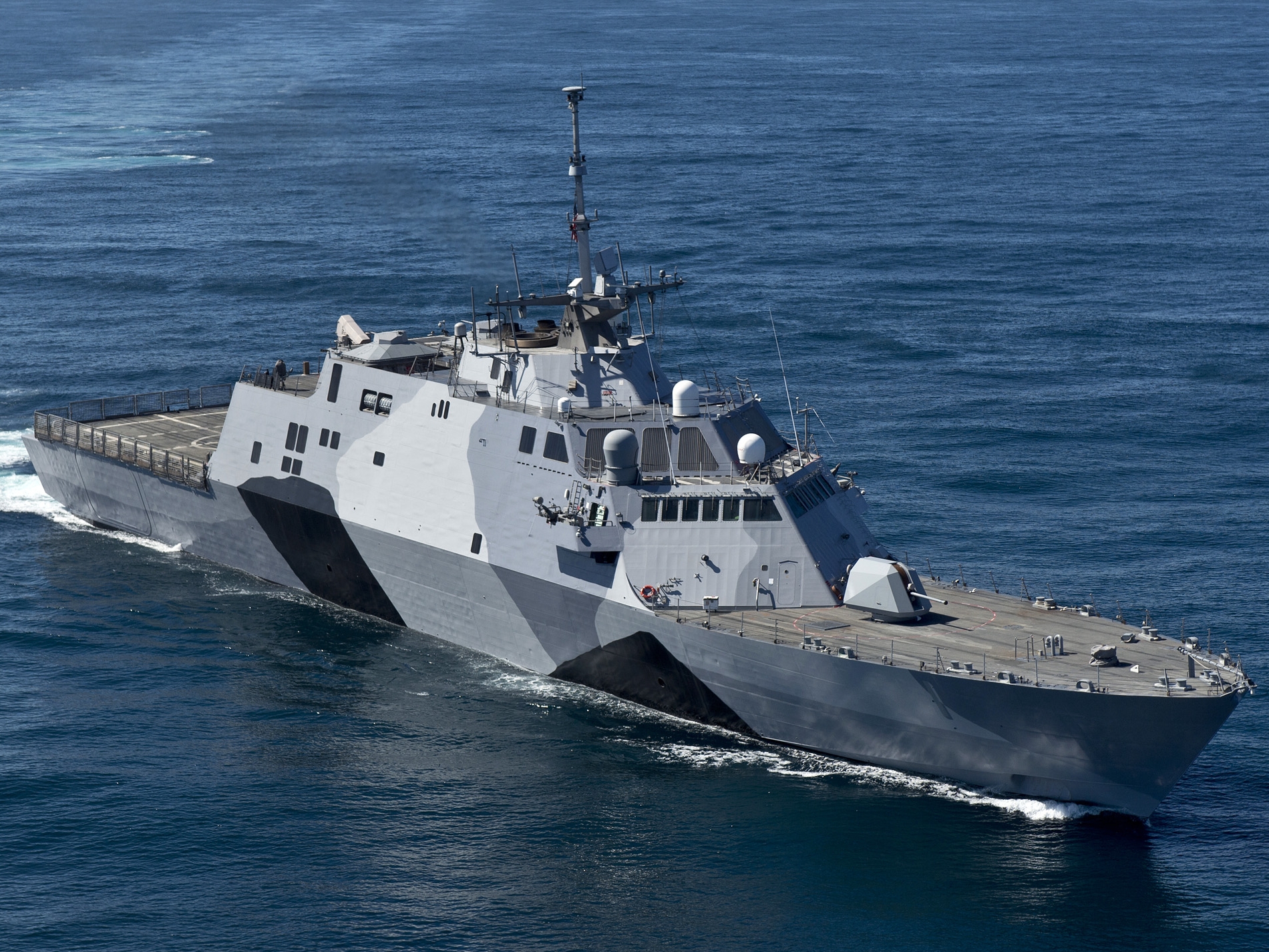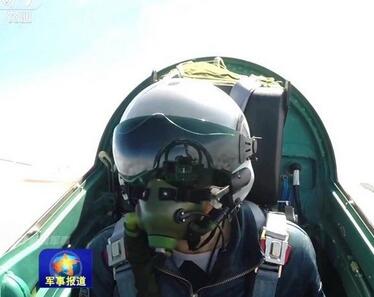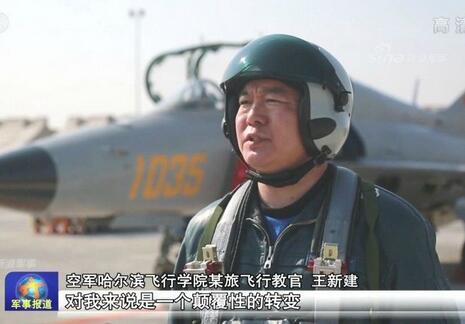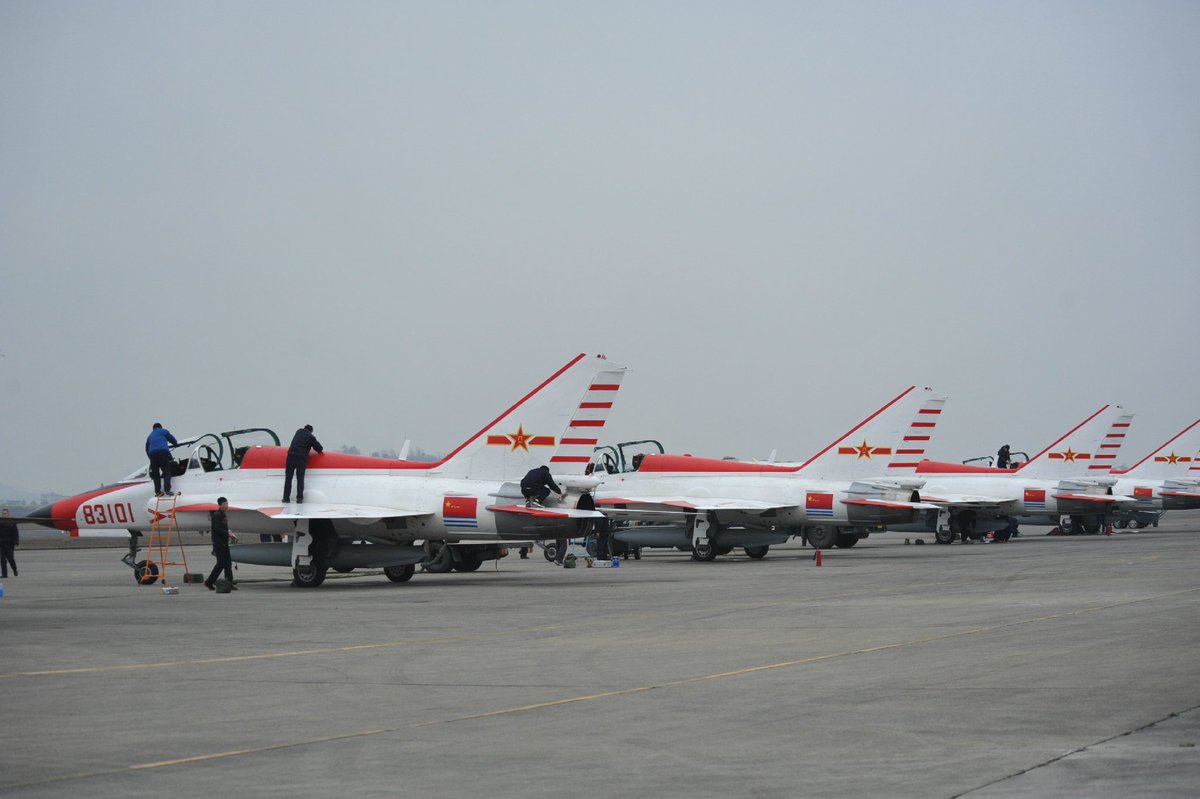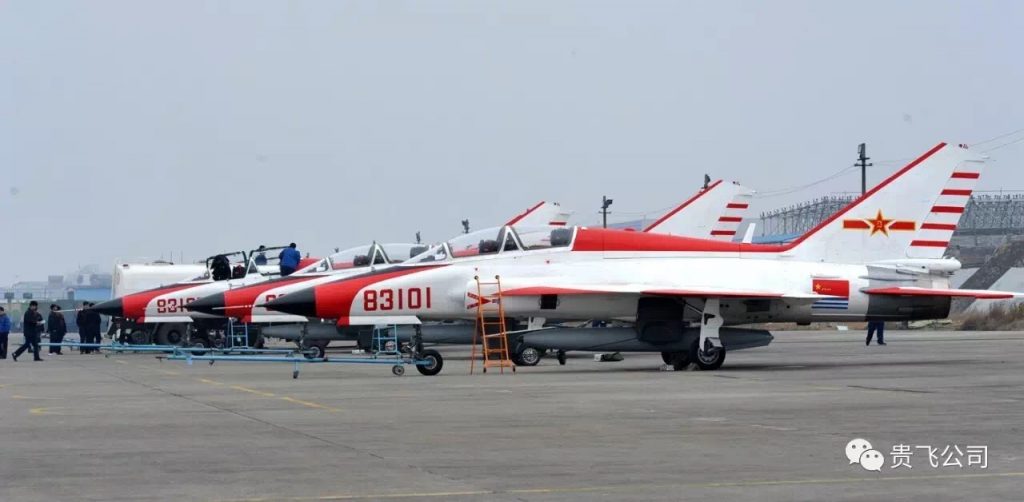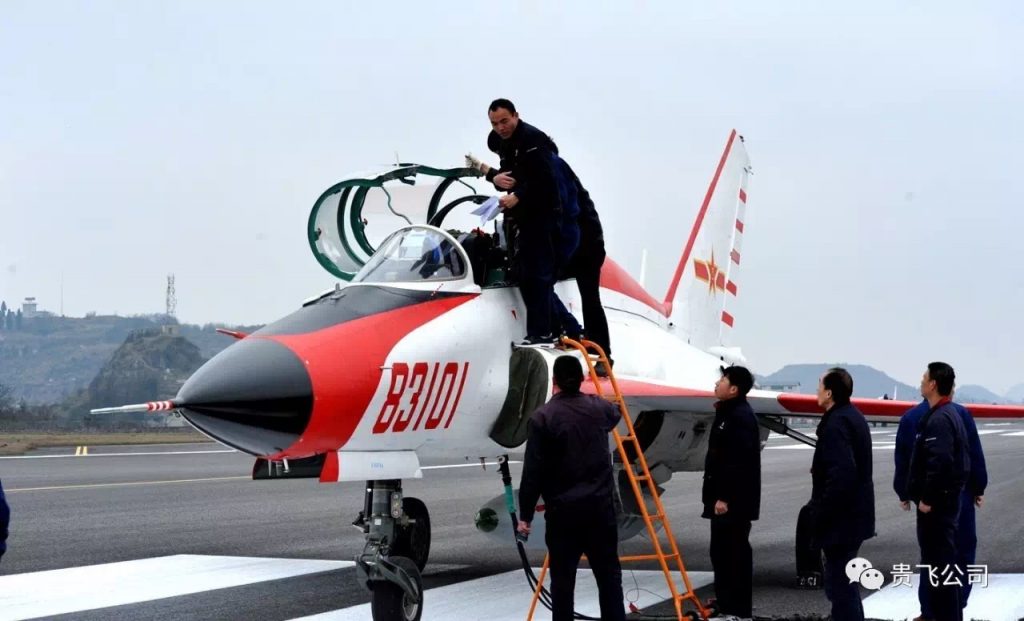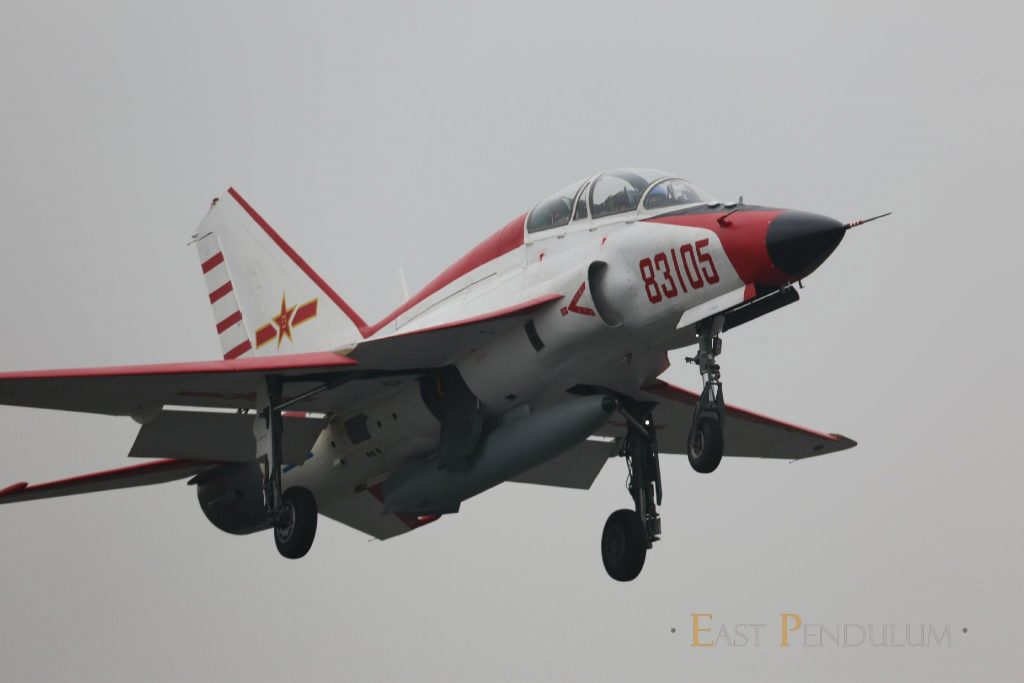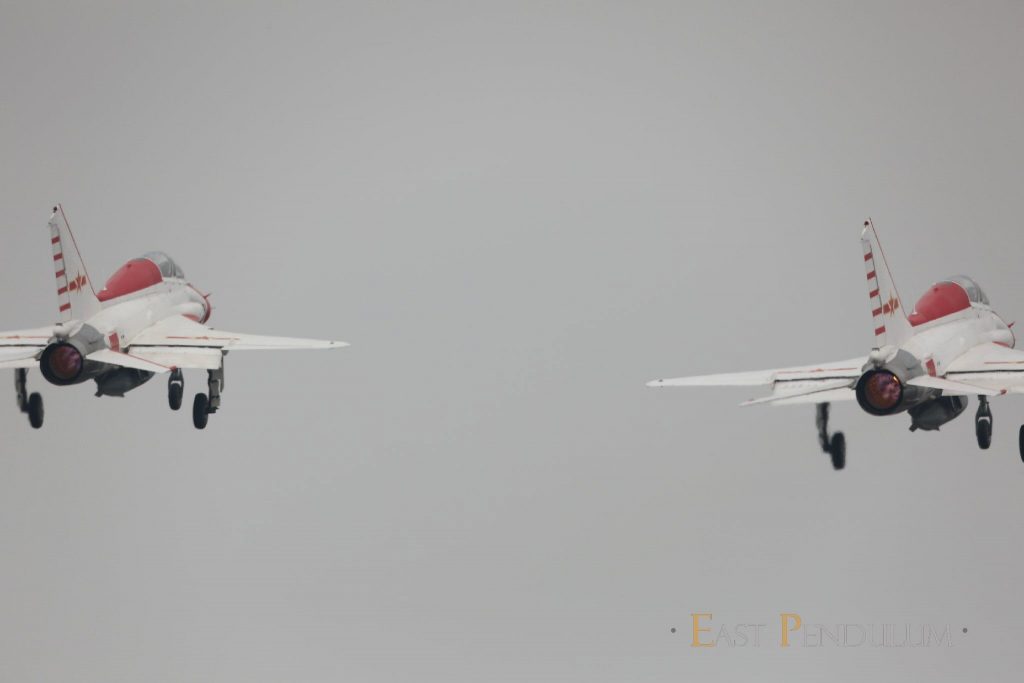thunderchief
Senior Member
Aegis-like destroyers are primarily air-defense ships. Basically , you would use them to cover your fleet with high value assets (i.e. aircraft carriers) when sailing far from your land bases . They could be used for ASuW , ASW and BMD , but that is not their primary function . Navies of Japan and ROK expect to work with USN in event of conflict . Of course, Japan may secretly wish to have their own aircraft carrier fleet, but that is still on long rope . In event of hostilities against China , they could attempt to blockade China inside First Island chain , but that would work only if they have decisive air power - in other words only if USN aircraft carriers are nearby . Without that, Aegis or not , whole strategy falls apart . Do not expect that any of those destroyers could endure sustained missile attacks from H-6 and JH-7 .
On the other hand, China may wish to project some naval power with shiny new ships around the world, but reality is that in case of war they need offensive missile carriers ( planes, subs ...) in large number , not so much air-defense ships . They could of course use Type 052 destroyers if they break out of First Island Chain (in latter phases of war) , but IMHO that is of somewhat secondary importance .
On the other hand, China may wish to project some naval power with shiny new ships around the world, but reality is that in case of war they need offensive missile carriers ( planes, subs ...) in large number , not so much air-defense ships . They could of course use Type 052 destroyers if they break out of First Island Chain (in latter phases of war) , but IMHO that is of somewhat secondary importance .

